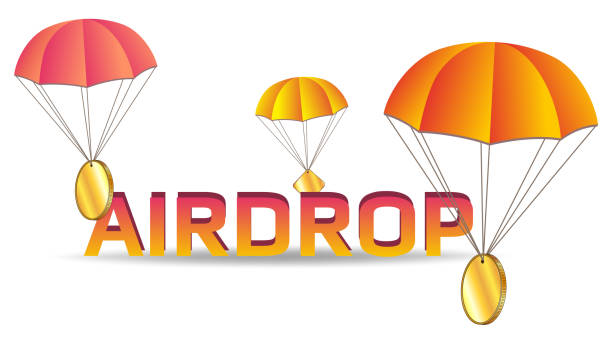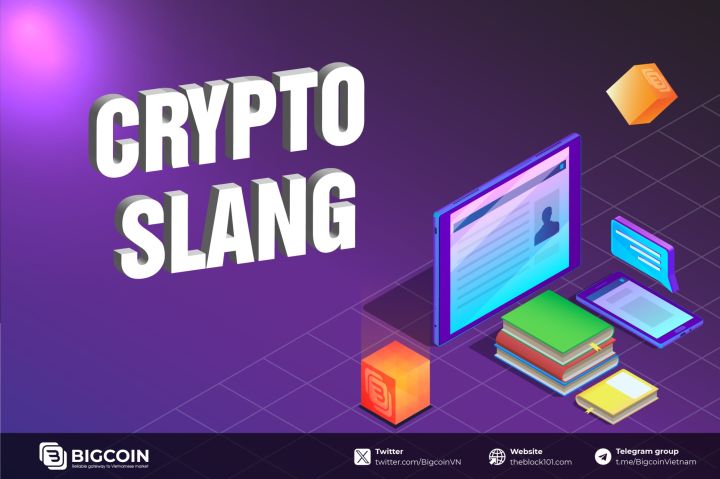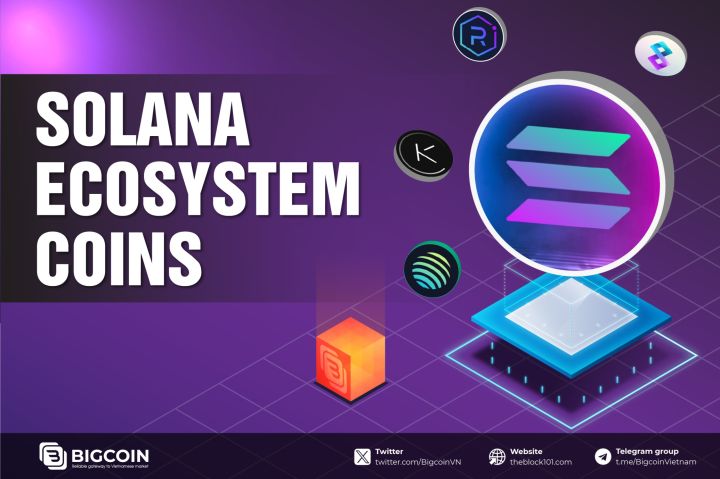1. What is Airdrop Farming?

To fully understand airdrop farming, it’s essential to first define the concept and highlight its distinctive features within the crypto ecosystem.
1.1. Definition
Airdrop farming refers to the active and systematic participation in cryptocurrency airdrops to maximize the number of free tokens received. Airdrops are distributions of free tokens from blockchain projects, typically aimed at increasing awareness, rewarding early adopters, or decentralizing token ownership. Unlike passive token receipt, airdrop farming involves engaging in specific tasks—such as staking, bridging assets, or participating in testnets—to qualify for these distributions. Essentially, farming is a proactive strategy designed to capitalize on multiple airdrop opportunities across various projects.
1.2. Key Characteristics of Airdrop Farming
Airdrop farming stands out due to several key attributes:
-
Low Entry Barrier: Many airdrops require minimal or no financial investment, relying instead on time and engagement, which makes it accessible for beginners.
-
Diverse Requirements: Tasks range from basic activities, like following social media accounts (e.g., joining Telegram groups), to more complex on-chain activities (e.g., providing liquidity on DeFi protocols).
-
High Reward Potential: Successful farmers can reap significant rewards. Historical examples like the Uniswap 400 UNI airdrop (worth thousands at its peak) or zkSync’s 2024 distribution highlight the potential for substantial returns.
2. Role in the Crypto Ecosystem

With the mechanics of airdrop farming clarified, it’s important to examine its significance within the broader cryptocurrency ecosystem.
2.1. For Blockchain Projects
Airdrops are powerful tools for blockchain projects:
-
Community Building: Airdrops attract users and build engagement, as seen with Solana-based projects like Jito in 2023.
-
Decentralization: Airdrops help spread token ownership, aligning with the decentralized ethos of blockchain, as demonstrated by Layer 2 solutions like Optimism.
-
Marketing Efficiency: Airdrops generate buzz with minimal cost, leveraging user participation to amplify a project’s reach.
2.2. For Participants
For farmers, airdrop farming offers:
-
Free Token Acquisition: A risk-free way to acquire tokens, especially when engaging on low-fee chains like Solana or Arbitrum.
-
Early Exposure: Farmers gain insight into emerging projects, positioning them for future gains if the tokens appreciate.
3. Strategies and Methods
.jpg)
To succeed in airdrop farming, strategic planning and execution are essential. This section outlines effective approaches and tools used to maximize rewards in 2025.
3.1. Core Strategies
Successful farming requires a mix of tactics:
-
Single-Wallet Farming: Using one wallet to interact with multiple protocols in a fair manner, focusing on high-potential projects like Berachain or Hyperliquid, which are rumored to have 2025 airdrops.
-
Multi-Wallet Farming: Creating multiple wallets to increase the number of rewards, though this approach risks disqualification if flagged for Sybil behavior by projects using advanced tracking (such as Arbitrum’s anti-Sybil measures in 2023).
-
Testnet Participation: Engaging with pre-launch testnets (e.g., Monad or Eclipse) often leads to high rewards for minimal effort, as early adopters are prioritized.
3.2. Tools and Platforms
Several tools can enhance farming efficiency:
-
Aggregators: Platforms like Airdrops.io and CoinGecko list active and upcoming airdrops, providing guides and updates.
-
Blockchain Explorers: Tools like Solscan or Etherscan allow users to track wallet activity and confirm token receipt.
-
Wallets: MetaMask (for Ethereum-based chains) and Phantom (for Solana) are essential for managing assets and interacting with protocols.
-
Community Channels: Telegram, Discord, and X (formerly Twitter) offer real-time updates on airdrop tasks and deadlines.
4. Risks and Challenges

Despite its promise, airdrop farming comes with risks that need to be managed. Here’s an overview of the potential pitfalls:
4.1. Financial and Security Risks
-
Scams: Fake airdrops are common, with fraudsters attempting to steal private keys or wallet access. Always verify links via official channels to avoid phishing schemes.
-
Transaction Costs: On high-fee networks like Ethereum, gas costs can eat into profits unless farming on low-cost Layer 2 solutions or chains like Solana.
-
Token Value: Many airdropped tokens lose value or lack liquidity post-distribution due to mass selling, as seen with some 2024 meme coin airdrops.
4.2. Ethical and Regulatory Concerns
-
Sybil Attacks: Using multiple wallets to manipulate the system is frowned upon and penalized by projects with sophisticated tracking mechanisms.
-
Tax Implications: In many jurisdictions (e.g., the U.S.), airdrops are considered taxable income, which could complicate profits if not properly tracked and reported.
5. Economic and Social Impacts
.jpg)
Airdrop farming impacts not just individual participants but the broader market and social structures. Here’s how:
5.1. Economic Impacts
-
Market Dynamics: Large airdrops can flood markets, influencing token prices. Strategic farming on testnets can also boost a project’s liquidity.
-
Wealth Distribution: Although accessible, farming tends to favor those who can dedicate time or capital to extensive participation, potentially skewing rewards toward more sophisticated users.
5.2. Social Impacts
-
Community Engagement: Airdrop farming promotes active participation, strengthening project ecosystems. This was evident with Solana’s thriving DeFi community.
-
Knowledge Sharing: Farmers often share tips and updates on platforms like X, fostering a collaborative culture, though this also amplifies the need for scam awareness.
6. Conclusion
Airdrop farming in 2025 is a strategic blend of opportunity and strategy, offering a gateway to free cryptocurrency in the rapidly evolving blockchain landscape. As of March 23, 2025, it remains a viable pursuit for those willing to navigate its complexities—balancing the potential for high rewards with the risks of scams, costs, and regulatory hurdles.
By utilizing tools like aggregators, engaging with promising testnets, and staying vigilant, farmers can capitalize on projects like LayerZero or Solayer, which are expected to release significant airdrops in the near future. Ultimately, the true value of airdrop farming lies not only in profits but in fostering a deeper connection with blockchain innovation, serving as a reminder that in the world of crypto, participation can be its own reward.
Read more:

 English
English Tiếng Việt
Tiếng Việt.png)
.jpg)

.jpg)
.jpg)
.jpg)

.jpg)
.jpg)

.jpg)
.jpg)
.jpg)




